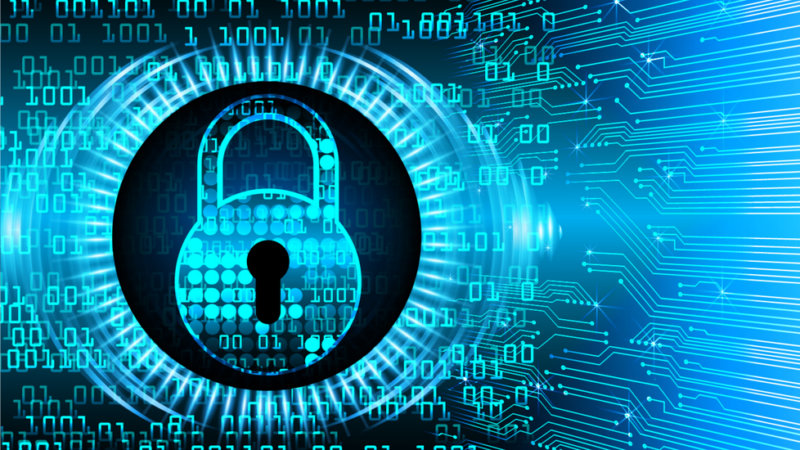
By: Dr. Mohamed Abdulzaher
Dubai- AI Journalism – COVID-19 crisis has shown why countries need to put strategic tools in place to manage information and the Cyber Security Risks.
As a result of the COVID-19 pandemic impact on the world, people have become heavily reliant on the internet and its digital economy. This is a clear indication of the increase in the security risks to millions of people, that don’t have the most basic security protocols for their daily internet use, whether from the government platforms or private companies, or even concerning personal mail.
Over the past five months, remote working and study have greatly increased, which means an increase in the number of daily personal and official devices connected to the internet in 24/7.
So as working modes change, so do the risks, where we can see that remote working increases cyber security risks too.
Consequently, working from home has helped to increase the attack surface exponentially and multiple vectors for cyberattack, where people all over the world have become heavily reliant on their personal devices and normal home networks.
For instance, hacking emails designed to entice users to download malware or reveal sensitive information, have gone up 700 percent in the last two months.
Last April, Proofpoint announced it had seen over 500,000 messages, 300,000 malicious URLs, 200,000 malicious attachments with coronavirus themes across more than 140 campaigns, with numbers continuing to increase.
Proofpoint said there had been a “significant amount” of credential phishing — attempts to steal passwords and log-in details — in these attacks.
Cyber Crimes
Remote working tools have faced many security challenges for example, Zoom, the giant popular video meeting app, has experienced a major security breach as the number of users jumped from 10 million to 300 million, a thirty fold increase in four months; company executives admit that they simply weren’t ready for that volume of users.
According to the World Economic Forum, the annual cost of cybercrime to organizations has ballooned in recent years. Leveraging automation, artificial intelligence, and machine learning can potentially save companies millions of dollars.
But while many companies recognize the high payoff that comes with security intelligence, only 38 percent of businesses have adopted such solutions.
Global Risks
A new Pew Research Center survey conducted in early April finds that roughly half of US adults (53%) say the internet has been essential for them personally during the pandemic and another 34% describe it as “important, but not essential.”
There is evidence that some people are using the internet more in the midst of the coronavirus outbreak and that new kinds of online activities are gaining popularity. The early April survey examines how this might be affecting people’s overall views about the role of the internet in their lives and in society, more broadly.
The large-scale adoption of remote-access technologies to enable work-from-home practices, with greater reliance on cloud services, enables companies to continue operations and reduce costs in conditions of social distancing and “stay-at-home” orders from government and/or employer. It is also reshaping the digital landscape and architecture while straining supply chain resiliency and cybersecurity operations with the escalating risk, according to the World Economic Forum study.
Last year, Cybersecurity Ventures predicted that cybercrime will cost the world $6 trillion annually by 2021, up from $3 trillion in 2015.
After COVID-19 pandemic impact It might be reached to USD 10 trillion by end of 2020.
Artificial Intelligence Journalism
As a part of Artificial Intelligence Journalism challenges, media could face huge security breaches. The threats will be greater for the global media; especially those considered official and governmental, such as government newswires.
Any data security breach of these media is a breach of the sovereignty of those countries, and it may cause more political disputes or conflicts between countries.
The risks facing the media are increasing, with its huge growth, consistent with the Fourth Industrial Revolution and increasing of numbers of tools and institutions that rely on high-speed internet which will be available at very meagre price and may also be free in many countries.
The coronavirus pandemic has made it necessary for governments, multinational organizations and media companies .
they have to create significant strategic tools to manage information risks, work towards a culture of shared cyber-risk ownership across organizations and take a strategic approach to cyber resilience.


